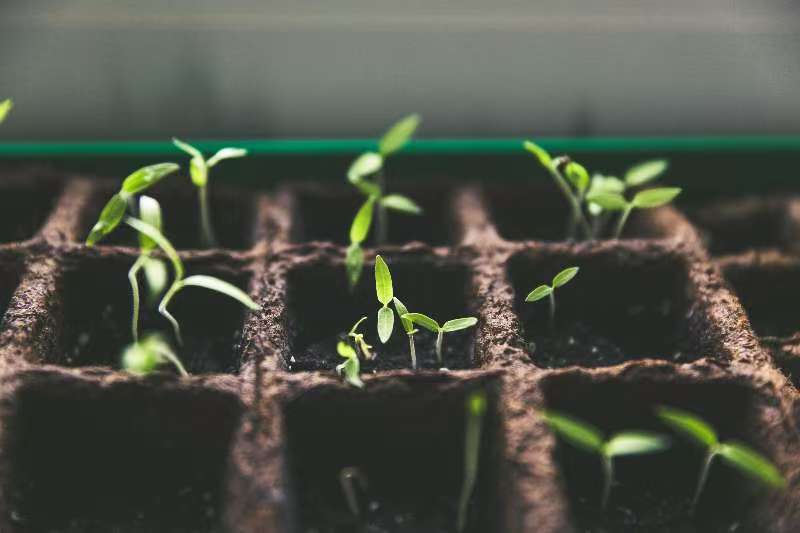Global Plant Growth Regulator Market: Opportunities & Market Entry Strategies
Publish time:4/9/2025 12:00:00 AM Source: CCM
Information collection and data processing: CCM For more information, please contact us
Summary: The global plant growth regulator (PGR) market is projected to reach $4.29 billion by 2030, driven by demand in high-value crops. PGRs offer precise growth control with low environmental impact, with some qualifying as biochemical pesticides for streamlined registration. The EU favors TE assessments for cost efficiency, while the U.S. provides faster pathways for biochemical-classified PGRs. Recent industry developments include key product approvals and partnerships, highlighting strategic opportunities in Europe and North America for compliant, innovation-driven market entry.
According to statistics, the global plant growth regulator (PGR) market is projected to grow from 2.85 billion in 2025 to 2.85 billion in 2025 to 4.29 billion by 2030, at a compound annual growth rate (CAGR) of 8.5%.

As a key segment of crop protection chemicals, PGRs play a significant role in high-value crops such as vegetables, fruits, and flowers. Their ability to precisely regulate plant growth, improve yield, and enhance quality makes them a core tool in precision agriculture.
PGRs achieve targeted regulation by balancing plant hormones and typically offer advantages such as low application rates, high specificity, minimal/no residue, and environmental and human health safety. Certain eligible categories may qualify as "biochemical pesticides," benefiting from simplified regulatory policies.
How to Efficiently Enter the EU and US Markets with PGRs?
EU Market
Currently, the EU has no clear definition for biochemical pesticides, and PGR registration requirements are similar to those for conventional chemical pesticides. Companies should prioritize TE (Technical Equivalence) assessment.
- Formulation Registration: Compared to TE assessment, formulation registration is significantly more challenging, time-consuming, and costly.
- Active Substance Registration: For existing substances in the EU, TE assessment offers a faster, lower-cost pathway with reduced data requirements.
US Market
In the U.S., naturally occurring chemicals or their synthetic equivalents may qualify as biochemical pesticides if they meet low-risk criteria for human health and the environment. PGRs under this definition benefit from simplified registration.
- New Active Ingredient Registration: A phased data strategy can be adopted. If early-stage assessments are favorable, higher-tier testing and residue studies may be waived. Unlike conventional pesticides, efficacy data is not required at the federal level, reducing costs to as low as ~1 million RMB (vs. 10-100 million for chemical pesticides) and shortening timelines to 3-4 years.
- New Product Registration: If using an already registered active ingredient, companies can leverage formulator’s exemption to reduce data costs. Formulation data is typically simple, keeping total registration costs below ~100,000 RMB with a 1-2 year timeline.
Companies should strategically choose registration pathways based on target markets—TE assessment in the EU to lower costs, and biochemical pesticide classification in the U.S. for faster approval. Additionally, regulatory distinctions between PGRs and bio-stimulants must be clarified to avoid compliance risks.
Other regions like Brazil and Australia also offer simplified policies for biochemical pesticides, including certain PGRs. Companies should evaluate multi-regional strategies to maximize market potential.
Recent Plant Growth Regulator Industry Updates
-
Mepiquat Chloride EU Re-Evaluation Update
The EU PAFF Committee approved the re-evaluation draft, extending approval to Feb 2040 with unchanged specifications but adding N-methylpiperidine as a new impurity. -
Yunsheng Bio & Jiangxi Weidi Strategic Partnership
The two companies signed a global cooperation agreement on 28-homobrassinolide-based PGRs, combining international distribution with core R&D for sustainable agriculture. -
Prohexadione Calcium Granted EU Equivalence
Hebi Quanfeng’s prohexadione calcium received EU TE approval, supporting its expansion from 100 to 700 tons/year capacity for the European market. -
ADAMA Registers Metamitron in the U.S.
EPA approved ADAMA’s metamitron — a chemical thinner for apples/pears—with enhanced label clarity under new structured labeling guidelines.
About CCM:
CCM is the leading market intelligence provider for China’s agriculture, chemicals, food & feed and life science markets. Founded in 2001, CCM offers a range of content solutions, from price and trade analysis to industry newsletters and customized market research reports. CCM is a brand of Kcomber Inc.
For more information about CCM, please visit www.cnchemicals.com or get in touch with us directly by emailing econtact@cnchemicals.com or calling +86-20-37616606.
People who read this article also read what the article
- Analysis of the lithium battery industry: trade, technology and competition 2025/05/27
- Fluoride Materials Face Policy-Driven Volatility While New Energy Industry Pursues Transformation 2025/05/27
- Painting Industry Sees Stable Q1 Performance; Innovative Technologies Shape Future Growth 2025/05/29
- The multi-party situations behind the new high in China-Brazil soybean trade 2025/04/14
- China's Top 20 Papermaking Enterprises in 2024: Stability Amidst Challenges 2024/11/11
- Focus on the Seed Industry in 2025: Current Situation, Landscape, and Prospects 2025/04/11